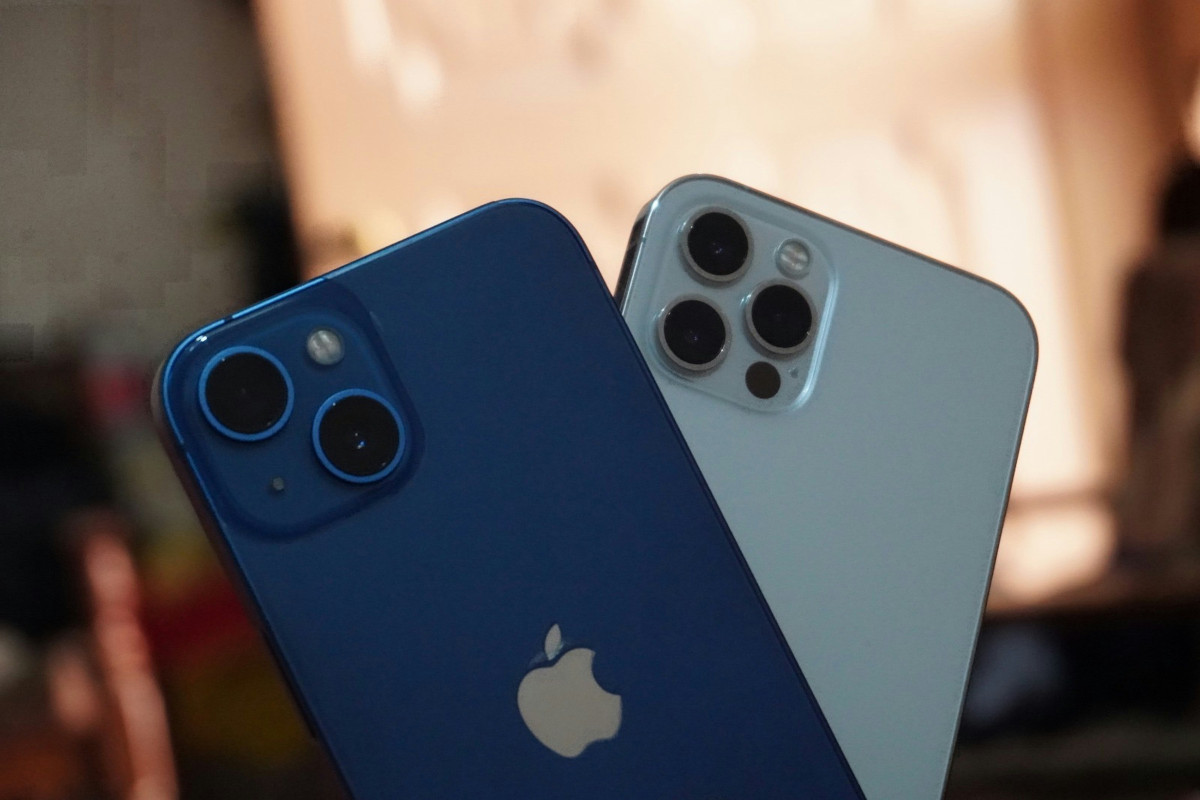The world of investing is fraught with debates, and perhaps one of the most contentious is the practice of market timing. Market timing is as divisive as it is intriguing. It’s a method that some investors swear by while others vehemently dismiss.
The allure of profiting from correctly predicting market fluctuations is undeniable. Yet, the fear of incorrectly calling the market’s highs and lows and suffering losses is just as potent.
Among these divided opinions, you may find yourself asking: Does market timing work? Or are the naysayers correct in stating that it’s a fool’s errand?
Let’s clear the air: Yes, market timing does work.
Now, before you raise an eyebrow, understand that market timing is not a strategy for the faint-hearted, and certainly not a gamble. It’s a method that can require careful analysis, meticulous execution, and a keen understanding of market trends. But when done right, it can indeed lead to astounding profits, offering a clear edge over merely buying and holding.
In this article, we’re going to debunk the myths that plague market timing and put to rest the uncertainty surrounding its effectiveness. We’ll explore the reasons why some investors might dismiss market timing and provide solid historical evidence that confirms its potential.
And most importantly, we’ll introduce you to a tried-and-true system that has successfully harnessed the power of market timing for over three decades. So, buckle up as we demystify the intriguing world of market timing and reveal how it can work wonders for your investment strategy when applied correctly. We’ll start with a brief overview of what market timing strategy is.
A Brief Overview of Market Timing
Market timing strategies involve making buy or sell decisions of financial assets (often stocks) by predicting future market price movements. The key premise of market timing is a belief in the possibility of predicting price movements.
Market timers attempt to enter the market when they anticipate prices will rise and exit when they expect them to fall. They use various tools to make these predictions, including economic data, technical indicators, and charting patterns.
The ultimate goal of market timing is to improve returns and mitigate losses, primarily by avoiding periods of poor performance. It’s an active investment strategy that can require significant time and expertise to implement effectively.
Market timing stands in contrast to other investment strategies, notably buy-and-hold and dollar-cost averaging.
Buy-and-hold investors essentially ignore short-term market fluctuations. They maintain their positions in the belief that the markets will increase over the long term. They tend to believe in the resilience and growth of the economy overall, asserting that the potential gains from trying to time the market do not outweigh the potential risks. These investors prefer time in the market to timing the market.
Dollar-cost averaging, on the other hand, involves consistently investing a fixed amount of money at regular intervals, regardless of market conditions. This strategy can reduce the impact of volatility on the overall purchase as the average cost per share will even out over time.
These strategies are often considered less risky than market timing because they do not rely on accurately predicting the market’s direction. However, they may also provide lower potential returns during specific periods and leave investors more exposed to prolonged market downturns.
This is where the appeal of market timing comes in, allowing you to earn more profits by protecting your portfolio in unfavorable conditions and investing heavily when the timing is right. Does market timing work, though? Here’s what you need to know…
Does Market Timing Work, Though?
Market timing has always been a controversial topic in investment circles. Its allure lies in the promise of spectacular returns, but its difficulty and potential for significant losses make it a high-risk approach.
Some investors swear by it, citing impressive profits garnered through careful analysis and well-timed trades. However, others remain skeptical, considering it an impractical, near-impossible strategy riddled with unnecessary risks.
In theory, market timing works. If you can accurately predict when the market will go up and down, you can buy low and sell high consistently, maximizing profits. However, the challenge lies in accurately predicting these fluctuations – a feat that’s notoriously difficult to achieve with consistency.
At least, if you don’t have a tried-and-true system you can rely on. These days, market timing is easier than ever thanks to systems like VectorVest. More on that later. First, what are the points critics make as to why market timing doesn’t work?
Why Do Some Investors Claim Market Timing Doesn’t Work?
The primary argument against market timing is its complexity. The market is influenced by a myriad of factors, from economic indicators to political developments, making accurate predictions a daunting task. Also, market trends aren’t always rational. They can be driven by investor sentiment, which can swing from excessive optimism to overwhelming pessimism, creating a turbulent investing environment.
Critics argue that market timing often leads to missed opportunities. If investors exit the market, anticipating a downturn that doesn’t materialize or occurs later than expected, they might miss out on substantial gains. Conversely, entering the market late, after an upswing has already begun, might mean buying in at higher prices and realizing lower returns.
Another criticism is that market timing can lead to higher taxes. The more frequent trades an investor makes, the more likely they will trigger short term gains tax, which can eat into overall returns.
But, as you’ll discover below, these are all moot points. Because market timing DOES work – earning profits that outweigh any additional costs and offset the occasional loss. And we have historical data to back that claim up.
Historical Events to Back it Up
Despite the criticisms, there’s historical evidence suggesting that market timing can indeed be successful. Below are key market events where effective market timing would have significantly benefited investors.
Dot-com Bubble
Between 1995 and 2000, the NASDAQ rose a staggering 582%, primarily driven by the explosive growth of internet companies. However, it fell 78% from its peak by 2002 as the dot-com bubble burst. VectorVest’s market timing system began warning subscribers to exit the market starting March 17, 2000, potentially saving investors from the subsequent downturn.
The Great Recession
The Global Financial Crisis (GFC) in 2007-2008 saw a significant drop in global stock markets. On November 1, 2007, VectorVest issued a Confirmed Down signal to their subscribers, warning investors of the impending crisis.
The Most Powerful Rally in 70 Years
Following the GFC, markets began to recover in what would become the most powerful rally in 70 years. On March 6, 2009, VectorVest’s market timing system signaled the potential for a significant rally, enabling investors to participate in this market upswing.
The Coronavirus Crash
The onset of the COVID-19 pandemic caused a swift and severe market downturn. VectorVest, however, started alerting subscribers to an overbought market as early as January 17, 2020, helping them preserve their investments.
The Fed Rally
In response to the COVID-19-induced economic crisis, central banks worldwide implemented various quantitative easing measures. This led to a rapid market recovery known as the Fed Rally. VectorVest’s system accurately indicated this uptrend starting March 25, 2020, allowing investors to participate in the rally.
So, Does Market Timing Work?
So, does stock market timing work? Yes. However, it requires an effective system and the right expertise to interpret and act upon market signals accurately. The historical events outlined above demonstrate that a proven market timing system, like VectorVest, can help investors navigate the market’s ups and downs successfully. So, here’s some advice on getting started…
Market Timing Works if You Closely Follow a Proven System!
There is a fair share of skepticism surrounding the concept of market timing. But the examples we’ve walked through demonstrate that it indeed can work if executed properly. Here’s the key: the success of market timing lies in consistently following a reliable, proven system.
And for that, you needn’t look any further than VectorVest – a system that has outperformed the S&P 500 by more than 10x over the last 20 years!
Introducing VectorVest
Our system has a proven track record of navigating major market events successfully, from the dot-com bubble to the COVID-19 pandemic and the ensuing recovery. By providing timely market signals and expert guidance, we’ve helped our subscribers protect their investments during market downturns and capitalize on rallies.
Beyond helping you implement your market timing strategy, the system can help you find the best swing trade stocks, best stock for option trading, or simply the best overall stock picks. On any given day, you can pull up our pre-curated screeners that bring winning opportunities to your screen on autopilot.
We know what you’re thinking…sounds too good to be true. But it’s not – investors like you are using the system as we speak to earn high trading profits or plan their investment after retirement. We have the data to back it up as a reliable addition to your investing arsenal, too. Here’s how the system works…
How Does Timing the Stock Market Work With VectorVest?
Our system is built upon a meticulous analysis of market trends and dynamics. Using a combination of fundamental and technical analysis, we generate indicators that represent the overall health and direction of the market. These indicators are then interpreted to deliver clear buy, hold, or sell signals.
Much of this can be attributed to relative timing (RT) – the best market timing indicator to date. This rating allows you to effortlessly find the right time to buy and sell your stocks, helping you get in when prices are rising and get out with a profit before they fall back down.
With that said, the RT rating is just one of the many assets you’ll have in your arsenal with a VectorVest subscription. You’ll use it in conjunction with the other two ratings the VST system is comprised of: relative value (RV) and relative safety (RS).
Plus, the system offers up-to-date information on market sentiment, so you can gain clear insights into conditions on any given day. You can sit on the sidelines during bearish periods and find winning opportunities on autopilot during bull runs.
All of this is why VectorVest is widely considered to be the best stock analysis app for beginners and seasoned traders alike. The industry has never seen something like this before. And you can get a sample of our stock analysis reports with a free stock analysis – so, what are you waiting for? Get the #1 stock advisory app today or start a 30-Day Risk Free Trial.
Wrapping Things Up
So, does market timing work? By now, the answer should be clear. The debate over time in the market or timing the market is likely to continue. But one thing is certain: with a proven system like VectorVest, the odds can be significantly tipped in your favor.
If you want to learn more about bolstering your investing strategy, explore our blog. We have resources on topics like how to analyze a stock, how to find stocks to swing trade, what happens to the stock market during a recession, best indicators for swing trading, retirement asset allocation, and a whole lot more.
Remember, investing involves risks, and market timing is no exception. It requires diligence, discipline, and the right tools. But with a proven system at your disposal, you can navigate the market with greater confidence and precision.
Whether you’re an experienced investor looking to maximize your returns or a novice looking to understand market trends better, our market timing system can provide the insights and guidance you need. So, get set up with the VectorVest stock analysis software today!
What you should do next…
- Get our latest blogs delivered right to your inbox, subscribe to our newsletter.
- The market moves fast! Get our most current evaluation of this stock with our FREE stock analysis tool.
- Looking for stock picks? Not sure if now is the right time to buy/sell? For a limited time, enjoy the full benefits of a 30-day subscription to VectorVest for only $0.99 (usually up to $148/month) . Get access to our full list of screeners showcasing our top stock picks that tell you exactly what to buy, when to buy, and when to sell.








Leave A Comment